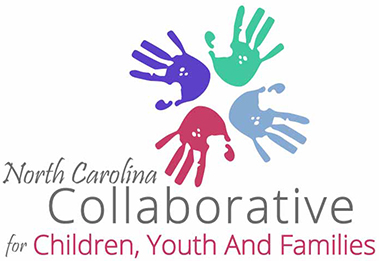

What is System of Care (SOC)?
System of Care is a comprehensive network of community-based services and supports organized to meet the needs of families who are involved with multiple child service agencies, such as child welfare, mental health, schools, juvenile justice and health care. The goal is for families and youth to work in partnership with public and private organizations, ensuring supports are effective and built on the individual’s strengths and needs. System of Care is not a service or a program – it is a way of working together with youth and families to achieve the desired outcomes identified by the youth and family.
System of Care is a part of a National Initiative that was established in 1992, when Congress established the Children’s Mental Health Initiative (CMHI) within the Substance Abuse Mental Health Administration (SAMHSA). Creating a sustainable system of care requires reshaping and redefining the approach the system takes to working collaboratively with each other as well as the families who are receiving support which explains why the CMHI has invested significant resources developing and testing the effectiveness of the System of Care approach.
System of Care Values:
- Interagency Collaboration
- Accountability to Results
- Individualized Strength-based Approach
- Child and Family Partnership
- Cultural Competence
- Community-based Services and Supports

Individualized, strength-based practices identify and build on the strengths of the family and child. Families are included in creating an individual plan to provide needed services. This ensures services are easy to access, effective, and match the culture and language of the family and child.
Cultural competence in the System of Care is built on the notion that in order to work effectively with a child and family, there must be an understanding of the family’s culture, race, values, and ethnic background.
Community-based services are an integral part of the System of Care so that children and families receive effective services in their own homes and neighborhoods.
Full participation of families at all levels of the system means that services provided are family-driven and youth guided. A commitment to this practice ensures that there is family and youth partnership at the community and state level for the purposes of program planning and direction.
Shared responsibility for successful results means that all stakeholders (agencies, community supports and families) have a responsibility to individual/family outcomes by ensuring effective programs in each community and implementing System of Care effectively statewide.
Child and Family Teams
At heart of our System of Care is the wraparound planning process known as the Child and Family Team meeting. Child and Family Teams are family members and their community supports that come together to create, implement and update a plan with the child, youth/student and family. The plan builds on the strengths of the child, youth and family and addresses their needs, desires and dreams.System of Care Family Handbook
The link below will bring you to the full version of a family handbook that may be helpful to families in your organization or community. Written by NC Families United, a parent support and advocacy organization, it’s an excellent resource to learn about SOC practices and principles. Link To System of Care Handbook: Download The System of Care HandbookLinks to System of Care Initiatives in State Agencies:
Department of Public Instruction Positive Behavior Support
Division of MHDDSAS System of Care
Administrative Office of the Courts – Family Courts
Administrative Office of the Courts-Court Improvement Program
Gathering Information and Results/ Evaluation
The State Collaborative seeks to promote data sharing to improve children’s service experiences and outcomes. Below please find information from recent presentations on data sharing:North Carolina Early Childhood Data System Coordination
Data Workgroup Final Report – 2008
Management Assistance for Child Welfare, Work First, Food and Nutrition Services in North Carolina
